It is said that the Ukrainians took a dry pond and then drove all the way to the T2207 road, which is the main route of supply for all formations of the Armed Forces of the Russian Federation stationed near David's ford and north of it. The video of the day is not surprising, given the "form" of the "Ukrainian breakthrough" depicted on this map, many suggested that the formation of the Armed Forces are now "trapped". And undoubtedly, the Russians would like the situation to be like that.
Well, sorry, but the real story is significantly different. However, the explanation will take a few minutes. First, most people think about the war as a "linear business. " In many ways, this is caused by the fact that it is so simple to think about war.
At least social networks have tens, if not hundreds of "cartographers", each of which swears, that its maps are the best of all available, they are geographically tied and verified with sources, videos and everything else, and therefore its reconstruction of the front line Absolutely reliable. One way or another, people tend to think that the war has about the appearance (see the diagram below), at the same time, each side has equal forces, deployed throughout the width of the front line.
Some who know more may still think about the "depth" of the front line and wait for the second, perhaps, the third "defense line" and more. I apologize that I will disappoint you all: the war is much more difficult. First of all, the warlords are not trained in all this and do not do so in reality . . . Well, at least until they become incompetent, and they probably always give them (yes, even in the "most professional" armed forces).
But let's just say, they are competent enough to understand that they cannot act like this on such a "wide and deep battlefield" as Ukrainian. In this case, in fact, local commanders place their units in the form of so -called "fortresses". They are concentrated in the area they can control. It is also advisable to dig well (and make sure that the subordinates know how to do their work properly, their superiors - "generals" - will check what they have done when conducting "front -line checks" . . .
) In addition, keep in mind that the essence of the organization Both Russian and Ukrainian Land Forces are Triad: 3 platoons make up their mouth. 3 mouths make up a battalion. 3 Battalions make up a team and more. It can be argued that at least the Russians abandoned this structure-and even before this war: the Armed Forces of the Russian Federation has been dismantled since the time of the so-called Serdyuk reforms in the late 2000s.
As a result, many of their battalion-tactical groups consist, for example, of two mouths, plus two artillery, plus one tank and two or three other auxiliary services and weapons. One way or another, but in general, the warlords tend to unfold their parts for the scheme "two up, one in the reserve". So, in fact, in their opinion, the "front line" looks like this: now everything is even more complicated.
The next most important issue of combat is called "situational awareness": it is the level of knowledge about their own position and the position of the enemy. In today's war, situational awareness is perceived as a question of victory or defeat: either in someone good situational awareness, or someone lost the battle before it began. Situational awareness depends on intelligence and reconnaissance.
The intelligence consists of visual observation, the interception of radio and IT communications of the enemy, the control of electronic radiation of the enemy, etc. Intelligence is similar, although many modern armed forces come to the fact that their special services collect even personal information about every enemy officer. So they can tell their commanders not only about the power and capabilities of the enemy, but also about the strength and capabilities of hostile commanders.
They literally say, "This is your opponent, and if you do it, you can expect that he will react in this way, and if you do it, wait for him to do so . . . " Trying to improve his own situational awareness, every party involved He does his best to deprive the opponent of situational awareness. That is why the masking of field positions, radio electronic fight, control over radio electronic radiation and operational safety (nowadays "and on the Internet") are so important.
Under ideal for Blue Forces, countermeasures will lead to the next situational awareness for "red forces": that is. "Reds" can know where "some" are, perhaps even the "majority" of the leading positions of "blue", but in the other they have no idea about the composition, dislocation and possibilities of "blue" reserves and more. After explaining these several "bases", now let's see how we should all interpret the map of the Russian expert mentioned above.
The first point: forget about these "beautiful, neat front lines, open for general review. " The map of the battlefield would not look like in this picture: and no, the situation would also be not so (where every "point" should mean the presence of another detachment of one or the other): Actually, the situation in the area at the end On August 28, 2022 it was about as follows: one "blue" (say, Ukrainian) a battalion with three mouths, two of which were stationed south of the Ingulets River.
He collided with three (exhausted) Russian ("red") BTG, each of which had "two or three mouths". Additional Russian parts were located further in the rear, "deeper than the front line": some were a tactical reserve; Others were artillery and supplying units. Apparently, there are large "empty" intervals between the Ukrainian and Russian units. And the reserves in most parts of the Armed Forces of the Russian Federation were very small, and in some cases there was no.
This is what people like me are usually called "poorly busy front lines. " Guided by this, it is easy to conclude that the Ukrainian plan was about the following: to break a certain area of the front line, bypassing one of the Russian strongholds ("fortresses") from the flank, then go to the rear and hit several other strongholds. But again: forget about the "linear war". In fact, the war is never "clean", especially linear.
Not only do modern armed forces do not place their units, such as (ancient) Roman legions, or along "neatly placed lines of moats and fortifications", but they also do not move exactly on the arrow. Moreover, keep in mind this in view of situational awareness - and remember the massive artillery Ukrainian shelling that lasted all night from August 28 to August 29 and then all August 29.
Not only do artillery shelling destroy the enemy's troops: they also fail the headquarters, enemy artillery, enemy communication units, communication lines (such as field phones), enemy supply warehouses, etc. And then keep in mind: when the first reports appeared that the Ukrainians released a dry pond, then they spoke about a 10 km away from this place.
From this we can conclude that in combination with terrestrial attacks, which took place after the many hours of Ukrainian artillery shelling, this led to the fact that Russian situational awareness in the afternoon of August 29th issued about the following picture: the headquarters of the 49th Saa himself got into a few. artillery volley, lost contact with some of his parts, and at the same time he received a message from several other parts about their attack.
Some of them, in particular, probable local reserves, adjacent artillery clusters, etc. -as indicated by the General Staff of Ukraine, which declared the destruction of 11 MSTA-C and several other heavy artillery tools,-they were attacked, although they were at least 10 km from Front lines. Now that the "informed" cards respond to it linearly and draw cards as follows: that, to put it mildly, nonsense is for these reasons. 1.
As mentioned above, no military units are now moving the "outposts of the Roman legions", especially "strictly behind the arrows drawn on the map at the headquarters. " 2. Neither the Russians nor the Ukrainians have enough troops, and they would not be able to - if they had enough troops - "immediately set the front line on both sides of this offensive. " 3.
The actual movement of the motorized/mechanized part of the open field looks something like this (if it was a movement from left to right on this chart): 4. While this detachment moves, it is relatively safe from enemy artillery: the enemy must first find it and then constantly track to start shelling. Even under artillery fire, the unit can still maneuver - to accelerate forward, turn left or right or retreat - to avoid artillery fire.
That is, artillery fire should be very accurate to stop and "fix" it where it is: it is then that this detachment is most vulnerable. Without situational awareness, as of August 29, the Russians were unlikely to "fix" any of the Ukrainian units involved, except for those whose attack was inflicted before the position of the Russians. That is why they say that in the Maneuver War, everything is like in the Air War: "speed is life" and "movement ensures your safety. " 5.
All the initial reactions of Russia to the Ukrainian "offensive" in the Kherson region, started on August 29, emphasized a small number of Ukrainian forces involved. Type, "one battalion here, plus the other and several tanks there. A total of about 3000 soldiers and 50 tanks. " If so, it is not an "offensive" but a "large -scale raid". Immediately after that, all Russian social networks collectively transplanted into the counter -regime regime, acting under the motto "We will break them now".
However, because, despite all Russia's attempts, to present Ukrainians as blunt and incompetent, the latter are not those who will drive the battlefield with shouts: "Kill us, kill us first. " It is concluded that they have departed, captured any Russian positions that were able to: then rushed forward to destroy any objects, reserve parts, warehouses, etc. positions, or the positions of the Russians, that they have seized in the process of their offensive.
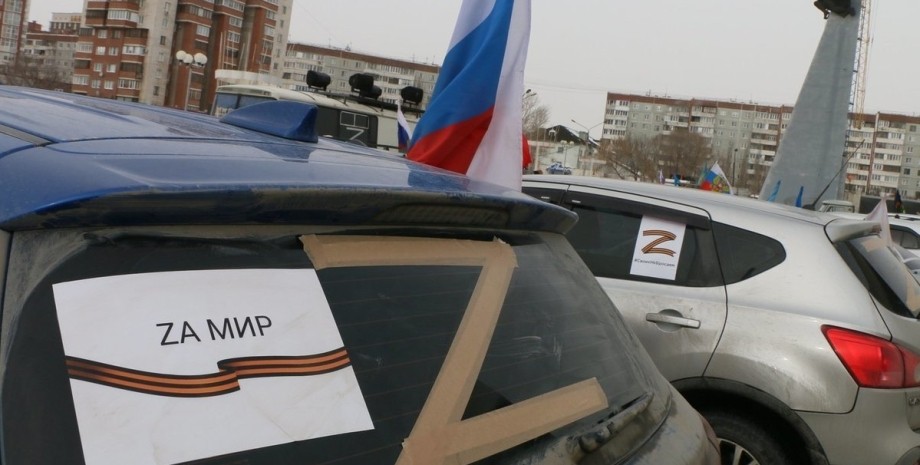

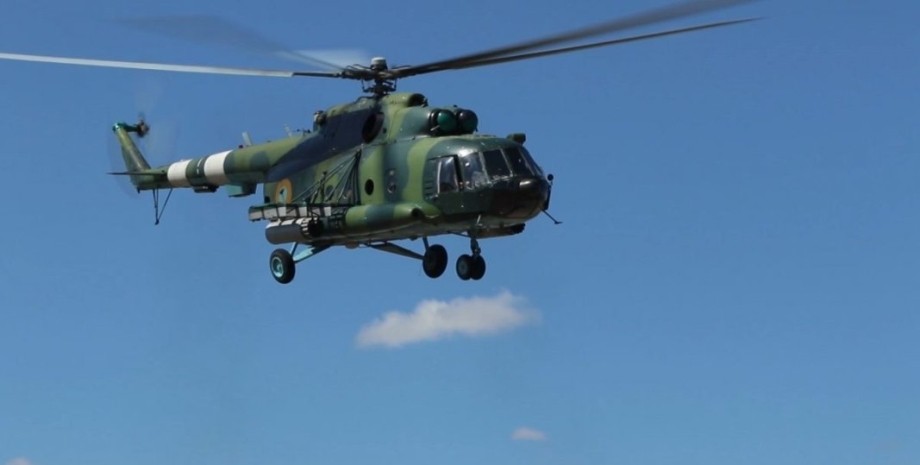


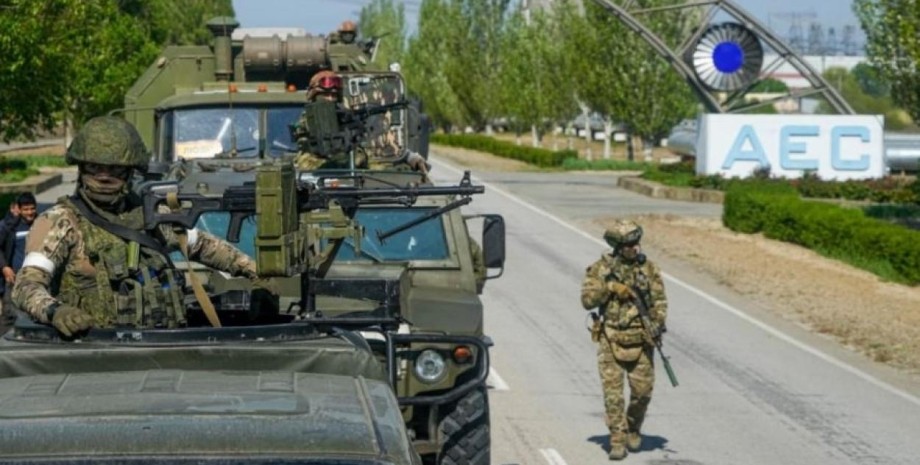


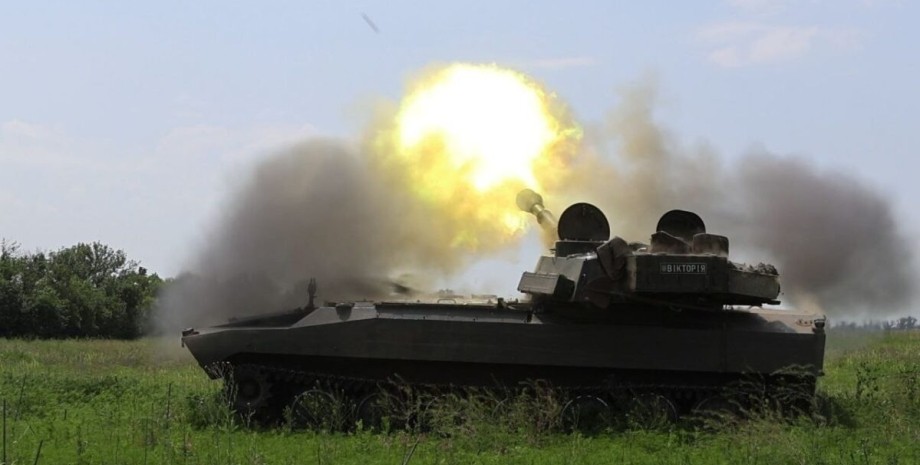










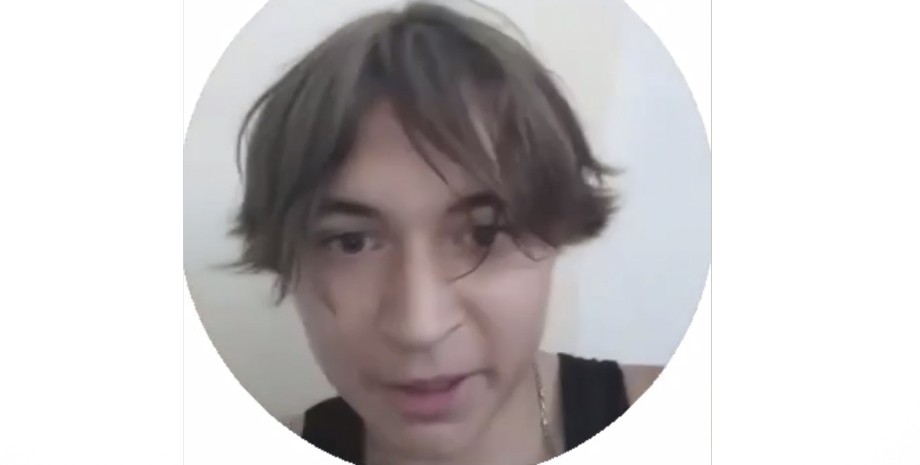
Všetky práva vyhradené IN-Ukraine.info - 2022